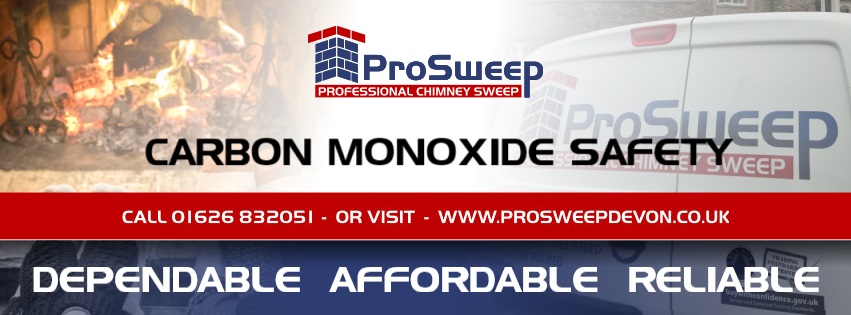
ProSweep Chimney Sweep: Carbon Monoxide Awareness
What is Carbon Monoxide?
Carbon Monoxide (CO) is a deadly, poisonous gas that you cannot see, smell, or taste. It can come from any fuel-burning appliance, not just gas boilers. Since CO is the same weight as air, it will evenly distribute throughout any room, posing a significant threat if not managed properly.
Why is Carbon Monoxide So Dangerous?
Breathing in CO prevents your muscles and brain from receiving the oxygen they need, causing damage that may not be immediately noticeable. Medical research has shown that even low-level exposure can lead to long-term brain damage. Since 1995, 562 people have died due to CO poisoning, and at least 4,000 people a year suffer from low-level CO exposure.
Where Does CO Come From?
CO can be produced by:
- Gas/coal fires and wood burners, especially if the chimney is slightly blocked or a draught causes backflow.
- Oil boilers, Agas, and Rayburns, even when properly serviced, can still emit CO through exhaust gases, which can leak into the home.
Signs of CO Poisoning
Common symptoms of CO poisoning include:
- Headache
- Dizziness and nausea
- Vomiting
- Tiredness and confusion
- Stomach pain
- Shortness of breath
Symptoms can resemble food poisoning or the flu but do not include a high temperature. Prolonged exposure can lead to severe symptoms such as loss of balance, vision, memory, and even consciousness within two hours in high CO concentrations.
Protecting Against Carbon Monoxide
The most effective way to protect yourself from CO is to install a CO alarm and have your appliances regularly swept and serviced.
Who Recommends CO Alarms?
- Building Regulations (Document J): A CO alarm should be installed in any room with a fixed solid fuel appliance.
- HETAS: Recommends fitting an audible CO alarm conforming to BS EN 50291 and following Building Regulations.
- OFTEC: Advises installing audible CO alarms as a sensible precaution.
- HSE: Strongly recommends the use of audible CO alarms as a backup precaution.
Where to Fit CO Alarms
CO alarms should be installed in:
- Rooms with fuel-burning appliances.
- Areas where people spend the most time and might not hear an alarm.
- Bedrooms, to ensure safety while sleeping.
Ideally, fit more than one alarm, with the highest priority in rooms with flueless or open-flame appliances, followed by living areas and bedrooms.
Caring for Your CO Alarm
Regularly test your CO alarm using the test button and clean it to keep gas entry holes clear. Replace the alarm before it expires; many alarms have an audible alert for end-of-life.
ProSweep: Your Local Chimney Sweep Experts
ProSweep has over 14 years of experience serving South Devon and Teignbridge, including:
- · Bishopsteignton
- · Bovey Tracey
- · Chagford
- · Chudleigh
- · Dartmoor
- · Dawlish
- · Kingskerswell
- · Kingsteignton
- · Liverton
- · Lustleigh
- · Manaton
- · Marldon
- · Moretonhampstead
- · Newton Abbot
- · Paignton
- · Teignmouth
- · Torquay
Proud Member of the Devon Trading Standards Buy with Confidence Scheme
At ProSweep, we take immense pride in being part of the Devon Trading Standards Buy with Confidence scheme. This prestigious accreditation means that our services are rigorously inspected, vetted, and approved, giving you complete peace of mind when you book with us. Trust in our commitment to quality and customer satisfaction
